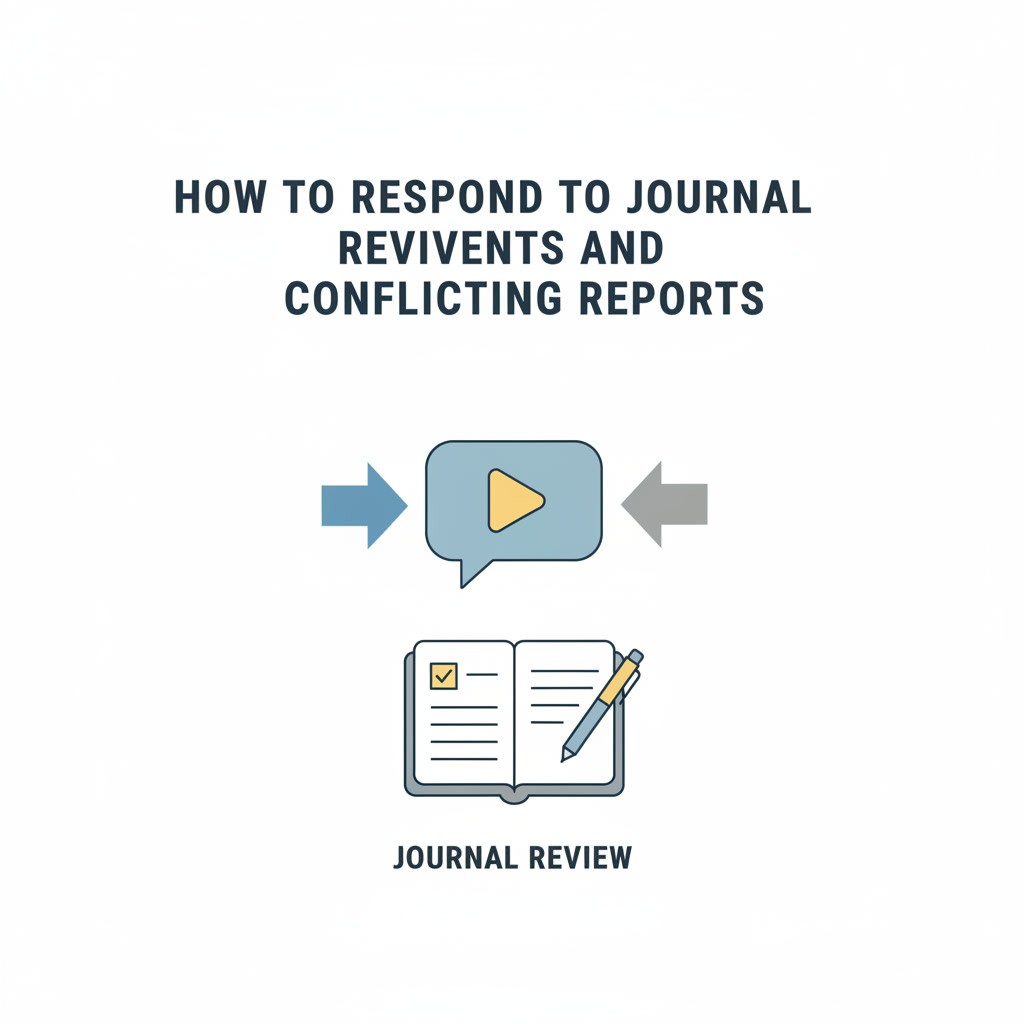How to Preserve Your Academic Voice While Using AI Writing Tools
Before large language models became a fixture in universities, students developed their academic voice through close reading, careful note-taking, and repeated revision.
In the latest thesify interview, Inside the Mind of a Professor: How AI Is Changing Academia and What They Want You to Know, Dr. Michael Meeuwis, Professor of English at the University of Warwick, explains how to maintain your unique academic style when using AI tools and why doing so is essential for ensuring your writing reflects your own reasoning and perspective.
This article combines expert insights with research-backed strategies to help you:
Recognise and strengthen the elements that define your academic voice so it remains authentic when using AI tools
Apply proven writing techniques such as close reading and the rubber-duck method to maintain clarity and originality in academic writing
Use AI writing tools to aid rather than replace your work, ensuring it reflects your own analysis judgement, and style
If your goal is to protect the originality of your writing while navigating an AI-driven academic environment, the strategies below will help you write with clarity, integrity, and originality.

Why Your Academic Voice Matters
Academic voice refers to the integration of credible evidence, informed analysis, and original conclusions into a coherent argument. It is developed through repeated practice in selecting sources, interpreting them, and defending a position in writing.
The University of Arizona Global Campus defines academic voice as the ability to “present arguments clearly and support their claims with evidence and analysis.”
In practice, this means constructing arguments with purpose, integrating scholarly sources, and articulating your own conclusions. In short, your academic voice shows that you are actively engaging with ideas, not just summarizing others' work.
To help clarify, your academic voice typically includes:
Credible evidence: peer-reviewed or data-driven sources that directly support your thesis
Personal analysis: interpreting and explaining the relevance of each source to your argument
Original conclusions: drawn through independent reasoning that demonstrates your critical engagement with the material
In the context of ethical AI in academia, a strong academic voice helps safeguard against the risks of overreliance on AI writing tools. While such tools can assist with organisation and clarity, they cannot replicate the evaluative reasoning required to align evidence with a central claim.
Dr. Michael Meeuwis describes writing assignments as a “mental gym,” where close reading, analysis, and revision refine a writer’s capacity to construct persuasive arguments. This refinement is essential for ensuring that every source and analytical point directly supports your thesis — a process discussed further in Writing with Purpose: Making Every Word Count.
Evidence, Analysis & Taste – Core Elements of Voice
Academic voice takes shape through decisions about evidence, the analytical moves you make, and the conclusions you defend. Dr. Michael Meeuwis emphasises in his conversation with thesify the importance of attention to detail and comparison across viewpoints; encountering alternative readings helps you develop your taste for what counts as precise and persuasive analysis.
For example, in a literature essay, several students might quote the same passage, yet your analysis, the connections you draw, and the conclusions you reach give that passage distinct weight. Meeuwis emphasises that repeated engagement with close reading and revision transforms scattered observations into a coherent, sustained voice.
Taste links source selection to argument. Each choice — what to quote, how to interpret it, and how to tie it back to the thesis — becomes part of your signature as a writer. For guidance on how to align evidence and argument, see How to Fix Weak Evidence in Academic Writing.
Professor Michael Meeuwis on Preserving Academic Voice
To preserve your academic voice in the AI era, Dr. Michael Meeuwis emphasises the need for deliberate reflection and consistent practice in developing and testing your own ideas. He describes writing as a form of meditation, where slowing down allows you to “figure out what you think” before shaping it for an audience. This reflective space, he argues, is where originality begins.
Meeuwis notes that while AI writing tools can offer prompts or help with structure, they must remain secondary to your thought process. When students let AI take over entirely, they bypass the slow work that develops personal “taste” — the critical judgement needed to decide what to include, what to discard, and how to refine an argument.
Drawing on historical examples, Meeuwis points to the Austen family, who often read aloud to one another and staged short plays in their barn — performances Jane Austen sometimes wrote herself. This combination of reading, writing, and performance deepened comprehension, sharpened interpretation, and helped cultivate a distinctive literary voice.
Whether through meditative drafting, the rubber-duck technique, or shared reading, Meeuwis’s message is clear: reflective habits, supported by but not replaced with AI, remain the foundation of authentic scholarship. For more on aligning AI use with integrity, see Ethical Use Cases of AI in Academic Writing.
Writing as Meditation and the Rubber‑Duck Technique

Some writing practices keep you anchored in your own reasoning before AI enters the process. During the discussion, Dr. Michael Meeuwis describes writing as a deliberate act of concentration — not simply producing text, but using the process to clarify what you actually think. This reflective approach, which parallels mindfulness practices, slows the pace of composition and makes space for more precise analytical choices. This kind of mindful engagement can enhance both your clarity and argumentation.
The rubber-duck technique, while more playful in name, works toward the same end. By explaining your argument aloud to a neutral “listener,” you force yourself to articulate each step and uncover weak links in logic. The Scholarly Kitchen notes that this method is especially effective in early drafts, when the structure of an argument is still emerging.
Mini-exercise:
Select a section of your draft you find unclear.
Read it aloud to a “listener.”
Note any points where your explanation stalls or feels unsupported.
Revise with those gaps in mind.
When applied consistently, these techniques reinforce what Meeuwis calls the development of taste — the ability to recognise and choose the most compelling ways to express your own ideas.
From Jane Austen to AI—How Writing Has Changed

Reflecting on technological shifts, Dr. Michael Meeuwis notes how the writing process has altered not just how quickly we can produce text, but how we think during the academic writing process. For example, in Jane Austen’s time, the scarcity of materials forced writers to plan carefully before committing words to the page. Every choice carried weight because revision was costly in time and resources.
Today, abundance is the norm. With AI writing tools and near-instant editing, students can generate paragraphs in seconds, but Meeuwis cautions that this speed can encourage bypassing the reflective stage where critical judgement develops. The danger is not verbosity alone, but losing the moment-to-moment decision-making that gives writing coherence and precision.
Meeuwis contrasts the sciences and humanities to illustrate this point. In the sciences, reproducibility is a core value; in the humanities, the emphasis is on original interpretation and voice. When AI is used to fill space rather than clarify thought, it undermines the interpretive work at the heart of the humanities.
To adapt in this new environment, Meeuwis advises slowing the process intentionally. Rather than letting AI dictate the shape of an argument, writers should engage it as a testing ground for their own ideas — a way to challenge and refine their reasoning before finalising a draft.
How AI Writing Tools Can Support Your Academic Voice
Dr. Michael Meeuwis makes a clear distinction between AI as a writing partner and AI as a ghostwriter. Handing an entire paper to a model, he cautions, means “you will never develop your own voice.” But using AI to support discrete parts of the process — such as summarising, giving structural feedback, or prompting new ideas — can help you refine that voice without replacing it.
Meeuwis points out that models have “incredible power to help you with a voice, to be an interlocutor as you figure out what your voice is, and to tell you what your voice is, to break it down, to summarise, to give advice.”
In other words, they can act as a sparring partner for your ideas, not the author of your arguments.
Examples of effective AI use based on Meeuwis’s guidance include:
Summarising complex sources to confirm understanding before you integrate them into your argument
Creating a basic outline from your own notes to test the logical flow of your paper
Providing structural feedback on your draft to see whether your key points are clear and well supported
Refining grammar and syntax after your analysis and argument are already in place
One way to apply this in practice is with thesify’s Paper Digest feature. In the first example below, a digest of a published academic article condenses complex arguments into a concise summary with keywords, helping you double-check comprehension before citing it.

In the second example, the Paper Digest is run on a student’s own draft, offering a quick way to see whether the main claims and tone match the intended message. This mirrors what Meeuwis describes: breaking down your own writing to check if your argument and voice are coming through clearly.

By using AI in these targeted ways, you preserve the slow, reflective parts of writing that build academic voice, while benefiting from the efficiency and structure that digital tools can provide.
When AI Writing Tools Weaken Your Academic Voice
Using AI to write your entire essay short-circuits the learning process, bypassing the deeper analytical work that assignments are designed to develop.
On the surface, the explicit task might be “write an essay.” But the implicit goal — the one that truly matters — is to read closely, think deeply, form an argument, and persuade a reader. When a model generates the entire draft for you, that implicit goal is never met. As Meeuwis puts it, this approach “is not developmental” because you skip the very thinking that shapes your academic voice.
The difference is easy to see in practice. Some AI tools are designed to do the writing for you, such as JenniAI, which can produce a full draft with minimal input from the student. This kind of complete outsourcing short-circuits the deliberative thinking stage, leaving you with a polished text that might pass a glance test but fails to develop reasoning or style.

By contrast, features like thesify’s Purpose-Check (part of thesify’s Pre-Submission Review) work within your own draft. Instead of producing content, it evaluates whether your writing meets the assignment’s criteria — for example, whether you have compared viewpoints, applied concepts, and supported arguments with evidence. This type of feedback keeps you engaged with your own ideas while guiding revision.

Meeuwis sees this as the productive side of AI: using it as an interlocutor that can summarise your ideas, break down your voice, and suggest improvements — not as a ghostwriter. The goal is to preserve authorship while benefiting from targeted, constructive feedback. Educators are now redesigning assignments to make this distinction clearer, spelling out the intellectual skills each stage of writing develops so students understand what’s lost when they hand the whole task to a model.
Practical Steps to Strengthen and Maintain Your Academic Voice
Preserving your academic voice in the age of AI writing tools means being intentional at every stage of the writing process. These five strategies help you maintain authorship, develop your style, and use AI as a support rather than a substitute.
1. Start with active close reading
Select a key passage from your research source and examine it line by line. Look at word choice, tone, structure, and any underlying assumptions. This deep reading sharpens your analytical skills and ensures your interpretations are your own — the foundation of a strong academic voice.
2. Use the rubber-duck technique to clarify arguments
Explaining your ideas aloud, even to an inanimate “listener,” forces you to break down your reasoning step by step. This can quickly reveal weak logic or unsupported claims, making revisions more targeted and effective.
3. Draft first, then refine with AI
Write your initial draft entirely in your own words before turning to AI for refinement. This ensures your structure, tone, and perspective are authentically yours. At the refinement stage, tools like thesify can be invaluable for checking purpose alignment and structural coherence without replacing your thought process.
4. Apply structured feedback to strengthen your argument
Before finalising your paper, run it through thesify’s downloadable feedback report to get a clear breakdown of whether your essay meets assignment requirements — from argument development to evidence integration. This keeps your revisions targeted and helps you see where your reasoning can be deepened.

5. Align every piece of evidence with your thesis
Re-read your essay with a focus on evidence placement. Ask yourself whether each source directly supports your central argument. This habit keeps your writing focused, coherent, and persuasive. For more on aligning thesis effectively, see Comprehensive Guide to Evaluating Your Thesis Statement.
By following these steps — and using AI tools for what they do best, such as providing targeted feedback or highlighting structural gaps — you can preserve your academic voice while still benefiting from the efficiencies of technology.
Conclusion: Safeguarding Academic Voice in an Era of Ethical AI
To preserve your academic voice, writers must remain the primary agents in the production of thought and argument. Dr. Michael Meeuwis notes that the ultimate goal of academic work is to graduate with a clear sense of your own voice and the flexibility to use it across different types of writing. Voice comes from the details you notice, the way you express them, and how you respond to the specific genre of the assignment. Developing this ability takes sustained practice, which cannot happen if a model is doing the thinking for you.
Ethical AI tools can play a useful role when they help you identify strengths and weaknesses in your writing without taking over the creative process. For example, thesify’s feedback report can show whether your structure supports your purpose, allowing you to refine your argument while keeping your ideas intact. Using AI in this way supports the development of a voice that is adaptable, precise, and recognisably your own.
To keep your academic voice strong:
Engage closely with your sources before drafting.
Draft in your own words before using AI for feedback.
Experiment with different tones and structures to suit the assignment.
Seek human and AI feedback, then make revision choices yourself.
These habits will help you leave university with a voice that reflects both your knowledge and your individuality. For more insights into how to protect that voice in the AI era — and to hear Dr. Meeuwis’s full perspective — watch the complete interview Inside the Mind of a Professor: How AI Is Changing Academia and What They Want You to Know.
Choose thesify: Strengthen Your Own Voice
Get structured feedback that sharpens clarity and keeps your ideas in your own words. Upload your draft and see exactly where to refine your argument.

Related Posts
AI Writing Tools: Jenni vs. Gemini and Academic Integrity: AI writing tools have become invaluable resources for students tackling the challenges of academic writing. From grammar checks to idea generation, these tools streamline the writing process. However, with the rapid growth of AI technology, choosing the right tool can be daunting. Learn more about how both Jenni AI and Google Gemini provide useful features for academic writing, but their limitations may challenge students seeking comprehensive support.
Inside Academic Ghostwriting: Interview Insights on Ethics & AI: This article accompanies thesify’s first interview episode with an academic ghostwriter. It provides a behind‑the‑scenes look at how academic ghostwriters work, who typically hires them and why, how they structure research and manage time, and their perspective on using generative AI such as ChatGPT.
Choosing the Right AI Tool for Academic Writing: thesify vs. ChatGPT: As AI tools like ChatGPT and thesify grow in popularity among students, questions about ethical use have become increasingly urgent. When we tested thesify and ChatGPT on the same sociology essay, their feedback diverged sharply in depth and applicability. Our testing process revealed clear differences: ChatGPT frequently generated text—even after explicit instructions to avoid doing so—while thesify maintained a strict focus on ethical, constructive feedback.

















